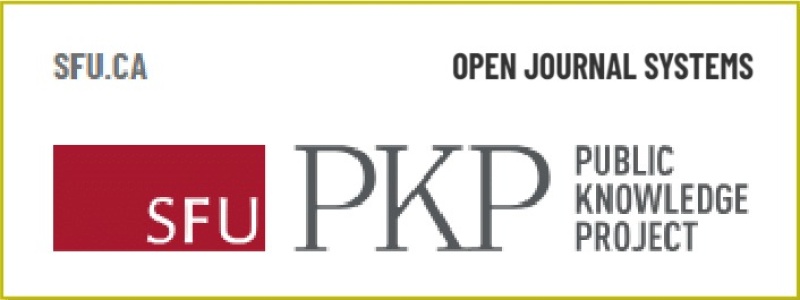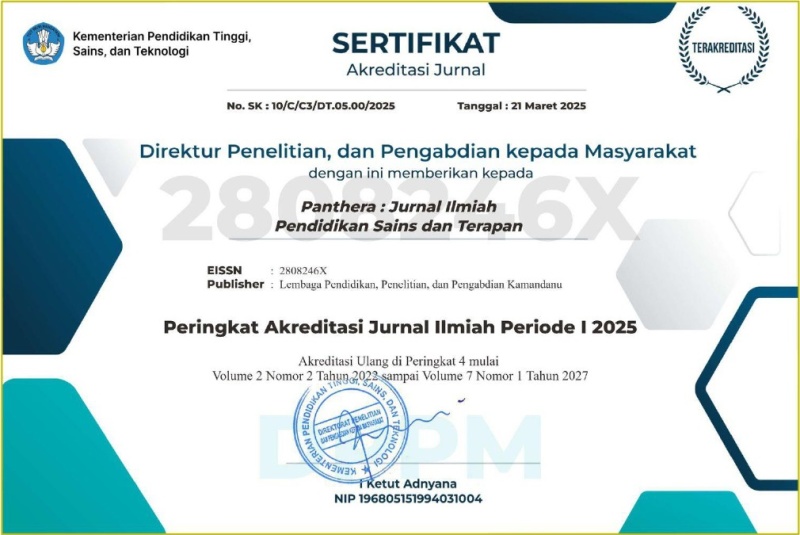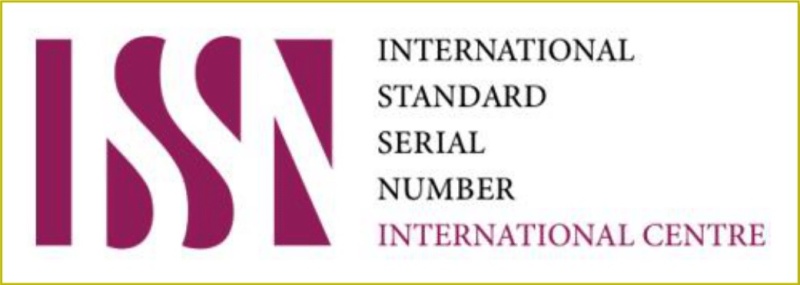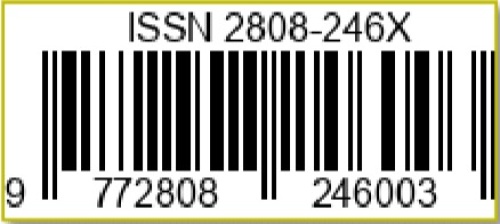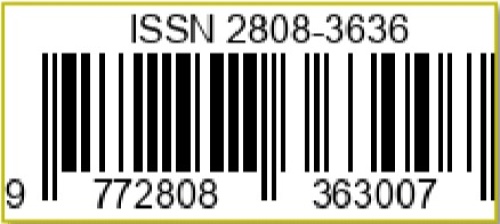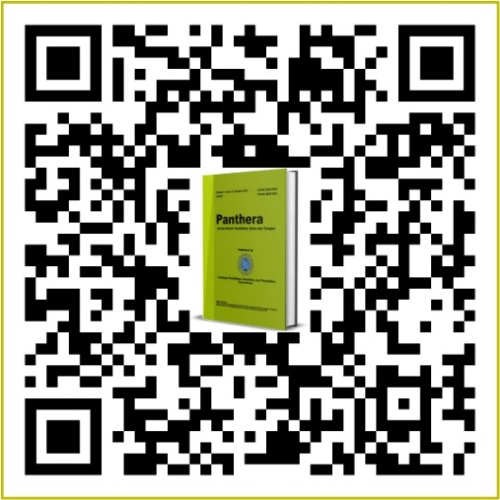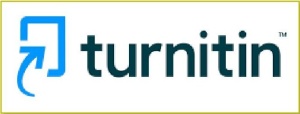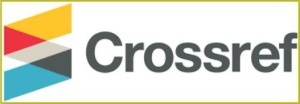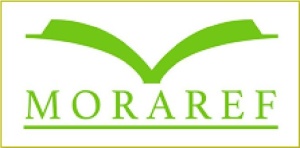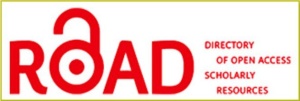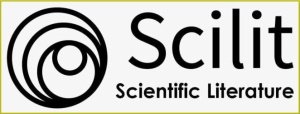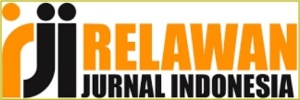Studi Komparasi Kuantitas Bivalvia pada Zona Intertidal di Pantai Ntana Kabupaten Bima sebagai Upaya Penyusunan Brosur Konservasi
DOI:
https://doi.org/10.36312/panthera.v3i2.164Keywords:
Bivalvia, Intertidal Zone, Conservation Brochure.Abstract
Bivalves belong to the Phylum mollusca. Bivalve are found and live in the Intertidal area. Ntana Beach is the easiest area and has the most interaction with human activities, because this area is a transitional area between aquatic ecosystems and land ecosystems. This study aims to: 1) identify the types of bivalves that make up the Intertidal zone on the Ntana coast, Bima Regency; 2) analyzing the abundance, diversity index, and evenness of Bivalvia in the Intertidal zone on the Ntana coast, Bima Regency; 3) describe the population of bivalve species that dominate the Intertidal zone on the Ntana coast, Bima Regency; 4) analyzing the abundance of bivalves in the sandy, muddy and rocky substrate areas on the Ntana beach, Bima Regency; 5) analyzing the diversity of bivalve species in the area of sandy substrate, muddy substrate, and coral substrate on the Ntana beach, Bima Regency; 6) knowing the differences in the dominance of Bivalvia in the sandy, muddy and rocky substrate areas on the Ntana beach, Bima Regency; and 7) to develop research results on a comparative study of the quantity of bivalves in the intertidal zone on the Ntana coast, Bima district as an effort to prepare a conservation brochure. This type of research is descriptive comparative. Sampling used a 1x1 M plot. The results showed that as many as 540 individual bivalves consisting of 15 species were found on the Ntana beach, Bima district. 15 species of bivalves found include Anadara antiquata, Anadara granosa, Anadara brasilliana, Panopea generosa, Fausta pultenei, Dosina crebra, Eurytellina alternate, Dosina discus, Nactula acuta, Gafrarium divaricatum, Dosinia exoleta, Caestoderma edule, Gafrarium disparm, Cyclocardia ventricosa, and Crassostrea gigas. The abundance on sandy and silty substrates is categorized as moderate, whereas on coral substrates it is categorized as low. Species diversity on rocky substrates is less, whereas on muddy and sandy substrates each has a fairly high level of species diversity. The evenness value on sandy and muddy substrates is close to zero (0), so that the evenness of Bivalvia species on both substrates is not evenly distributed. There are no species that dominate other species because D <0.5. The average value of the brochure validation test is 75.4%, with this result, the brochures that have been compiled are in the good category and do not need to be revised.
Downloads
References
Andana, D. S., Jannah, H., & Safnowandi. (2023). Pemanfaatan Bintil Akar Kacang Tanah (Arachis hypogaea) sebagai Pupuk Biologi untuk Pertumbuhan Bibit Cabai Rawit (Capsicum frutescens) dalam Upaya Penyusunan Petunjuk Praktikum Fisiologi Tumbuhan II. Biocaster : Jurnal Kajian Biologi, 3(1), 1-10. https://doi.org/10.36312/bjkb.v3i1.145
Arikunto, S. (2009). Prosedur Penelitian. Jakarta: PT. Rineka Cipta.
Armiani, S. (2021). Komposisi dan Kemelimpahan Jenis Fitoplankton di Perairan Pelabuhan Carik Kecamatan Bayan Kabupaten Lombok Utara. Panthera : Jurnal Ilmiah Pendidikan Sains dan Terapan, 1(1), 75-80. https://doi.org/10.36312/pjipst.v1i1.24
Azwar, S. (2015). Metode Penelitian. Yogyakarta: Pustaka Pelajar.
Baderan, D. W. K., Rahim, S., Angio, M., & Salim, A. I. B. (2021). Keanekaragaman, Kemerataan, dan Kekayaan Spesies Tumbuhan dari Geosite Potensial Benteng Otanaha sebagai Rintisan Pengembangan Geopark Provinsi Gorontalo. Al-Kauniyah : Jurnal Biologi, 14(2), 264-274. https://doi.org/10.15408/kauniyah.v14i2.16746
Bramasta, D. G. (2014). Keanekaragaman Jenis Bivalvia di Zona Intertidal Pantai Pancur Taman Nasional Alas Purwo. Skripsi. Universitas Jember.
Fazrin, H., Dharmawibawa, I. D., & Armiani, S. (2020). Studi Organoleptik Tempe dari Perbandingan Kacang Komak (Lablab purpureus (L.) Sweet) dengan Berbagai Konsentrasi Ragi dan Lama Fermentasi sebagai Bahan Penyusunan Brosur. Bioscientist : Jurnal Ilmiah Biologi, 8(1), 39-47. https://doi.org/10.33394/bioscientist.v8i1.2662
Hartoyo, A. P. P. (2019). Keanekaragaman Hayati Vegetasi pada Praktik Agroforestri dan Kaitannya terhadap Fungsi Ekosistem di Taman Nasional Meru Betiri, Jawa Timur. Jurnal Hutan Tropis, 7(2), 145-157. http://dx.doi.org/10.20527/jht.v7i2.7305
Maria., Syamsiati., & Uliyanti, E. (2015). Peningkatan Hasil Belajar Siswa Menggunakan Media Konkrit dalam Pembelajaran Matematika Kelas 1 Sekolah Dasar. Jurnal Pendidikan dan Pembelajaran Khatulistiwa, 4(7), 1-10. http://dx.doi.org/10.26418/jppk.v4i12.12927
Rahman, F. A., Listari, N., & Jannah, S. W. (2022). Bioakumulasi Logam Berat (PB) pada Vegetasi Mangrove Famili Rhizophoraceae di Teluk Lembar Kabupaten Lombok Barat. Bioscientist : Jurnal Ilmiah Biologi, 10(2), 1273-1284. https://doi.org/10.33394/bioscientist.v10i2.5956
Rukanah, S. (2019). Keanekaragaman Kerang (Bivalvia) di Sepanjang Perairan Pantai Pancur Punduh Pidada Kabupaten Pesawaran. Skripsi. Universitas Islam Negeri Raden Intan.
Safnowandi. (2015). Struktur Komunitas Mangrove di Teluk Poton Bako sebagai Buku Panduan untuk Pemantapan Konsep Ekosistem pada Guru Biologi SMA di Kabupaten Lombok Timur. Jurnal Ilmiah IKIP Mataram, 2(1), 365-379.
Saputro, B. (2017). Manajemen Penelitian Pengembangan : (Research & Development). Yogyakarta: Aswaja Pressindo.
Sugiyono. (2014). Metode Penelitian Pendidikan Pendekatan Kuantitatif, Kualitatif, dan R&D. Bandung: CV. Alfabeta.
______. (2018). Metode Penelitian Kuantitatif. Bandung: CV. Alfabeta.
Yuliansari, D. (2020). Kandungan Logam Berat Timbal (PB) pada Beragam Jenis Bivalvia di Kawasan Pantai Kabupaten Bangkalan. Bioscientist : Jurnal Ilmiah Biologi, 8(1), 11-17. https://doi.org/10.33394/bioscientist.v8i1.2666
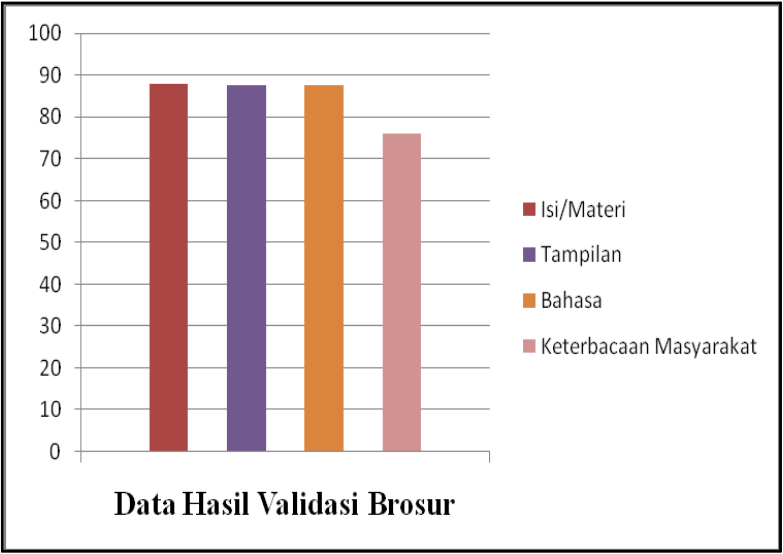
Downloads
Published
How to Cite
Issue
Section
License
Copyright (c) 2023 Sri Samira Rahmantyah

This work is licensed under a Creative Commons Attribution-ShareAlike 4.0 International License.
-
Attribution — You must give appropriate credit, provide a link to the license, and indicate if changes were made. You may do so in any reasonable manner, but not in any way that suggests the licensor endorses you or your use.
-
ShareAlike — If you remix, transform, or build upon the material, you must distribute your contributions under the same license as the original.

